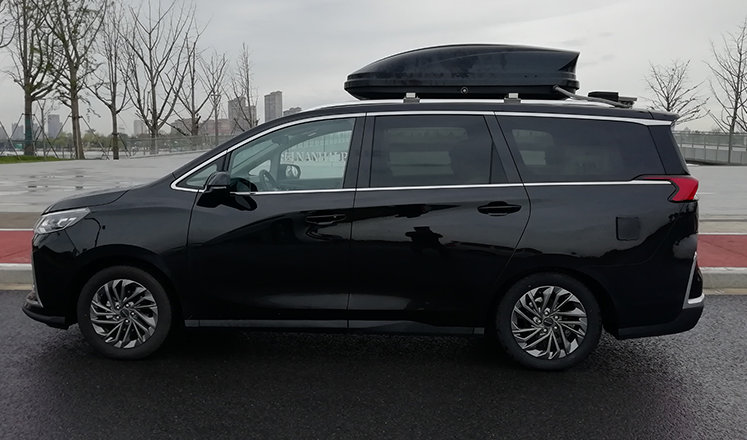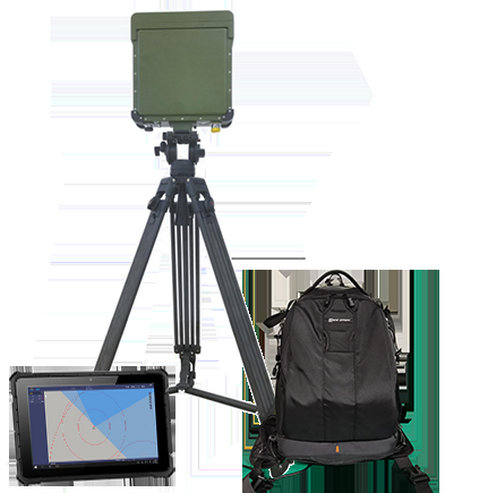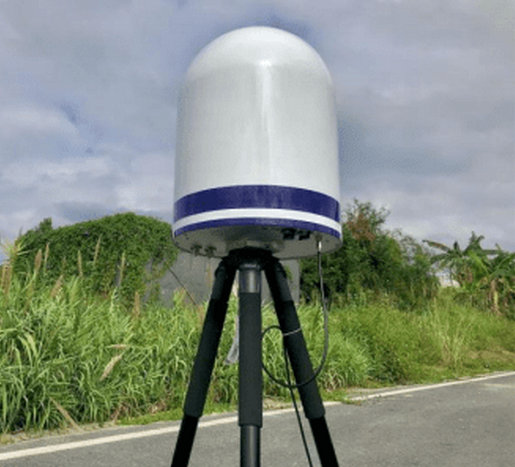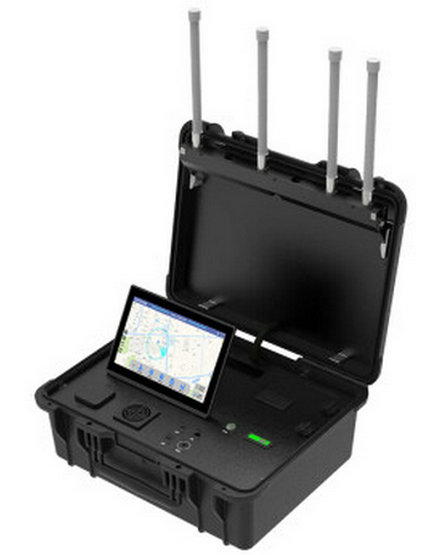
manufacturers of drone monitoring systems,AUDS,CUAS,PTZ,PID,RTK,UWB, TDOA,AOA technologies,! suppliers of anti-uav defense system (AUDS) of scout hit UAV vehicle-mounted in china.


the vehicle-mounted integrated drone defense system uses radio frequency scanning feature recognition and decoding to discover, direction find, and track intruding drones.
the vehicle-mounted surveillance and attack integrated drone defense system can automatically detect, identify and discover drone control, data transmission and other signals within the control range, and can implement radio interference and suppression to block the remote control of intruding drones. Figure Transmit the navigation link to make the drone return or land.
the vehicle-mounted integrated drone defense system supports stand-alone work and network work, with high system integration and integrated design. it can work continuously at night, in dense fog and in bad weather conditions.


the vehicle-mounted integrated drone defense system uses radio frequency scanning feature recognition and decoding to discover, direction find, and track intruding drones.
the vehicle-mounted surveillance and attack integrated drone defense system can automatically detect, identify and discover drone control, data transmission and other signals within the control range, and can implement radio interference and suppression to block the remote control of intruding drones. Figure Transmit the navigation link to make the drone return or land.
the vehicle-mounted integrated drone defense system supports stand-alone work and network work, with high system integration and integrated design. it can work continuously at night, in dense fog and in bad weather conditions.


the vehicle-mounted integrated drone defense system uses radio frequency scanning feature recognition and decoding to discover, direction find, and track intruding drones. the estimation accuracy of time difference of arrival (TDOA)is determined by the frequency and time distribution, signal energy and noise. TDOA estimation is mainly decided by frequency distribution, while FDOA estimation generally relies on time distribution.
the vehicle-mounted surveillance and attack integrated drone defense system can automatically detect, identify and discover drone control, data transmission and other signals within the control range, and can implement radio interference and suppression to block the remote control of intruding drones. Figure Transmit the navigation link to make the drone return or land.
the vehicle-mounted integrated drone defense system supports stand-alone work and network work, with high system integration and integrated design. it can work continuously at night, in dense fog and in bad weather conditions.
| detection coverage: | 45M~6GHz | ||||||||
| detection frequency band: | 0.4G, 0.8G, 0.9G, 1.2G, 1.4G, 1.6G, 2.4G, 5.8G | ||||||||
| detection radius: | 10km | ||||||||
| detection angle: | 360 degrees | ||||||||
| direction finding accuracy: | less than 3 degrees (RMS) | ||||||||
| function expansion: | modify navigation (can be customized) | ||||||||
| countermeasure frequency bands: | 0.4G, 0.8G, 0.9G, 1.2G, 1.4G, 1.6G, 2.4G, 5.8G | ||||||||
| countermeasures: | multi-directional, multi-frequency, directional, omnidirectional. | ||||||||
| counterattack distance: | greater than 1km | ||||||||
| automatic correction: | accurate, real-time | ||||||||
| multi-station networking: | supported | ||||||||
| counter effects: | expulsion, forced landing, denial, no-fly zone (can be customized) | ||||||||
| anti-uav defense system (AUDS) of scout hit UAV vehicle-mounted, AUDS, CUAS, PTZ ,PID, RTK, UWB, TDOA, AOA,UAV | |||||||||
|---|---|---|---|---|---|---|---|---|---|
- home
- products
- contact
- equipments
- AUDS systems
- TDOA systems
- change UAV navigation 2000
- UAV scout hit combines 3000
- scout edit UAV fly 4000
- scout hit edit UAV 5000
- anti drone system JDY6000
- AOA systems
- vehicle mounted AUDS
- anti drone jammer guns
- anti UAV boxes
- all frequency jammers
- AUDS for public safety
- CUAS for electric power
- TDOA for petroleums
- AUDS for military bases
- CUAS for aviation airport
- TDOA for prison guard